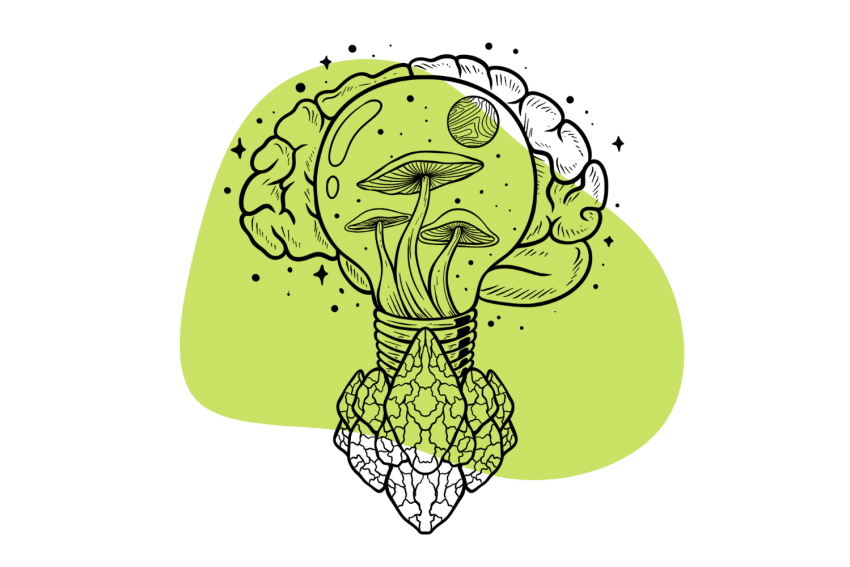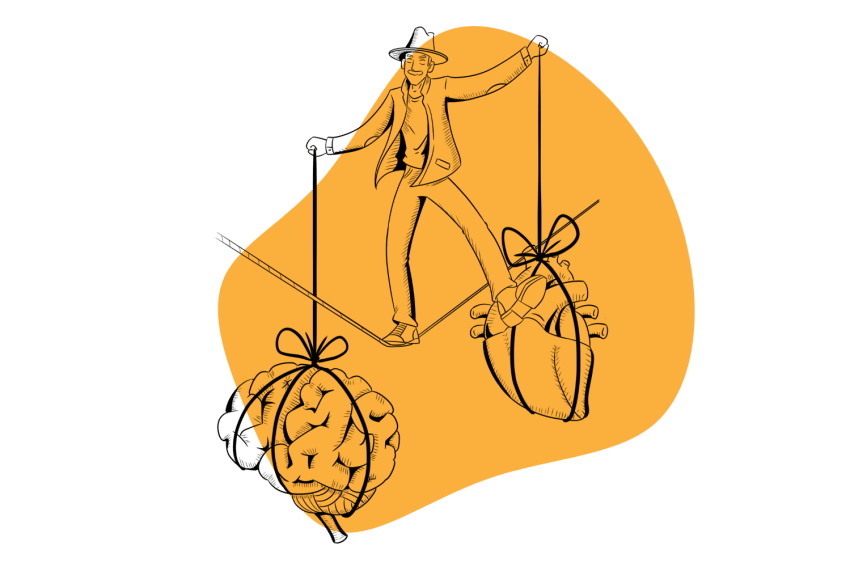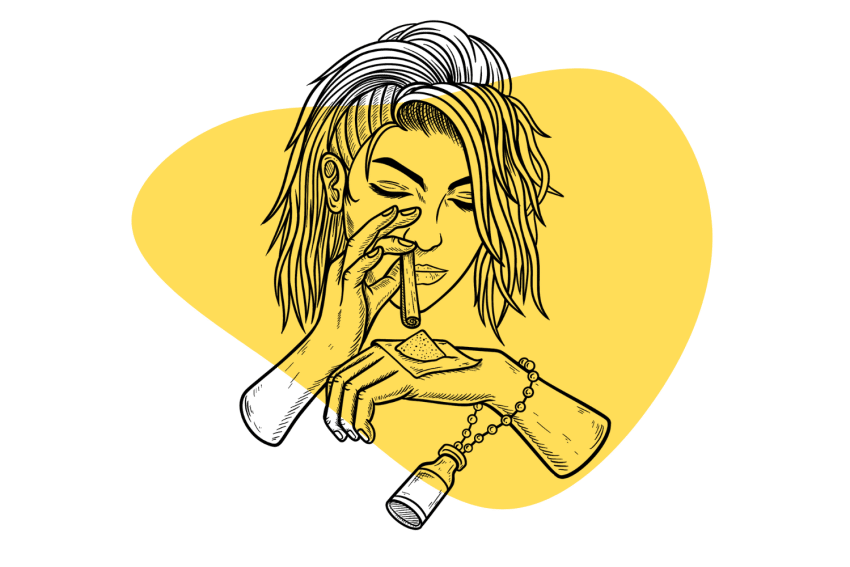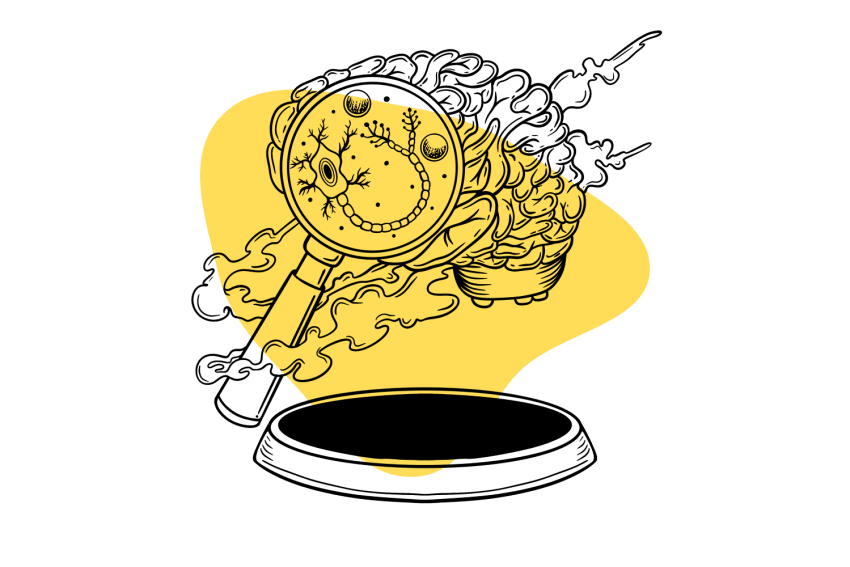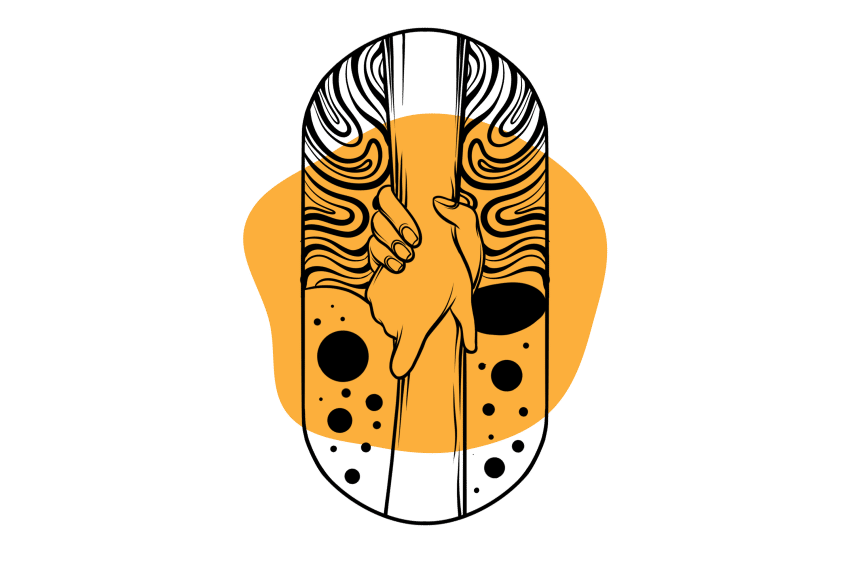How to be A Good Trip Sitter
Having a sitter is one of the four pillars of responsible psychedelic use 🤖🛟
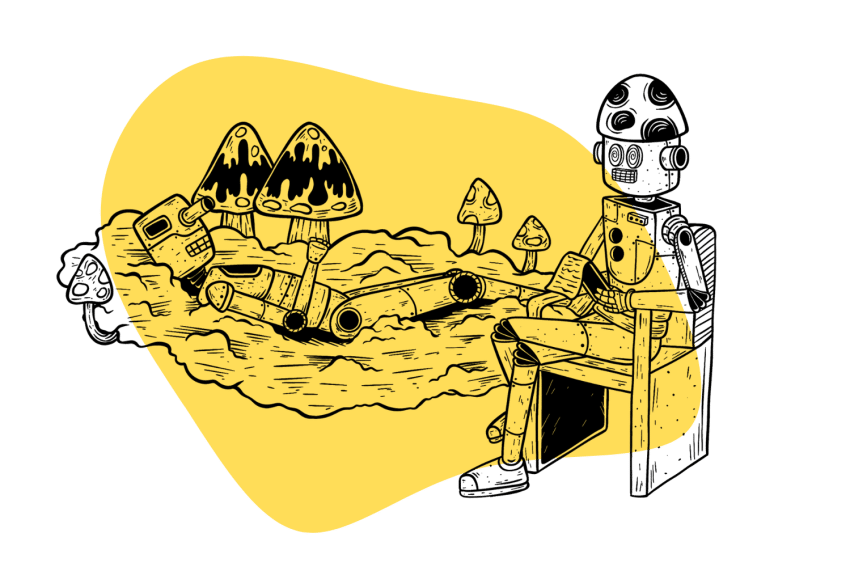
A trip sitter is a sober person who accompanies one or more people going through a psychedelic experience.
Their role is to provide a calm and supportive presence and protect participants from potential dangers or medical emergencies should they arise.
They serve as the link to reality.
The trip sitter remains entirely sober and alert — able to react to any potential problems and help people through particularly tough experiences while on their psychedelic journey.
So what makes for a good trip sitter? How do you trip sit effectively?
What’s the Role of the Trip Sitter?
A trip sitter is not a guide. They should never try to impose their own views or attempt to steer or guide the experience in a direction they think it ought to go.
Instead, a good trip sitter is merely along for the ride — ready to step in only when completely necessary.
A trip sitter is different from a psychedelic facilitator who has additional training to guide the explorer through the journey.
There are also psychotherapists who use psychedelics to treat certain medical disorders — which is far out of the scope for a trip sitter.
As the designated trip sitter, your role is to maintain a safe space and be attentive to the trippers’ needs. Whether this is talking through a particularly tough experience, providing tea, water, or blankets, or simply being a source of stability and calmness for the group.
Some people will experience what feels like a medical emergency while under the influence of psychedelics. The trip sitter is responsible for recognizing when something is an actual emergency and when it’s not.
When it’s not an emergency, the trip sitter should reassure the person that everything is fine and maintain a calm, positive attitude.
However, if there is an emergency, it’s the trip sitters’ responsibility to recognize it, and seek help.
The sitter is also there to ensure nobody does anything stupid while under the influence of mind-altering substances — such as walking out into the road, getting lost in the forest, or falling off a balcony.
The Trip Sitter Code of Ethics:
- I’m a “sitter” — not a guide. I won’t interfere or attempt to “join” the experience
- I’m in charge — but should only take control when completely necessary
- I talk through challenging experiences — not down
- Everything that happens or is said remains confidential
- I pass no judgment
- I practice compassionate & active listening
- I remain alert & vigilant of my surroundings
- I have knowledge about the substances being used
- I respect the boundaries of my participants
- I’m empathetic to the needs of my participants
- My participants are my sole attention — I’m not on my phone or preoccupied in any other way
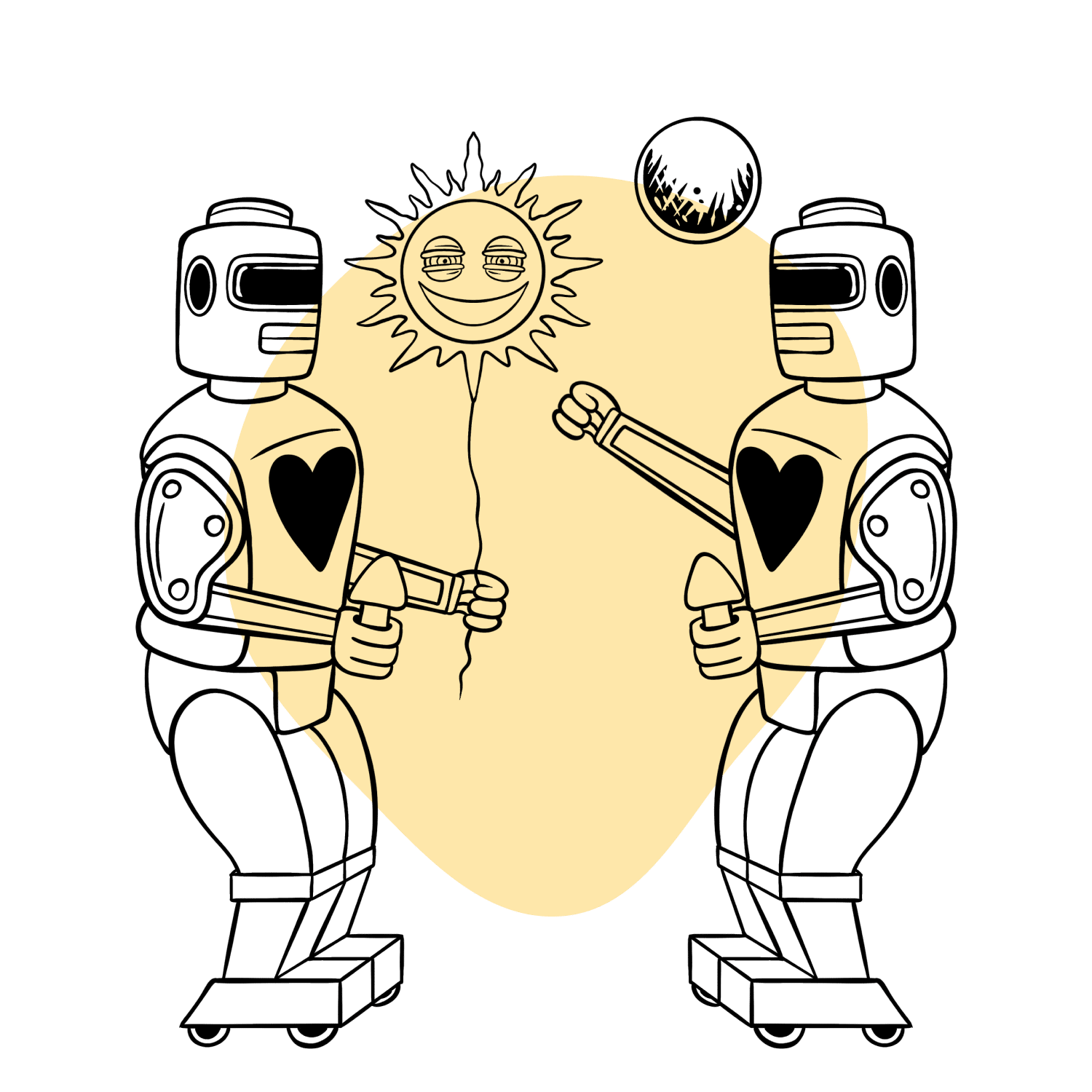
The 5 Qualities of an Effective Trip Sitter
Almost anybody can be an effective trip sitter with little preparation.
Here are the five fundamental qualities of being an effective trip sitter for your group.
1. Understand The Substance
The trip sitter should take the time to research the substances being used before the journey.
This applies to everybody in the group but especially to the person acting as the designated trip sitter.
You should be familiar with the correct dose, how long it will last, local laws for using the drug, side effects to watch out for, and potential risks.
It’s highly recommended the trip sitter have experience with the substance or at least a similar substance. However, this isn’t always possible or necessary.

At the very least, the sitter should have knowledge of the substance from doing research and talking to people who have used the substance in the past.
Learn more about psychedelics by checking out our exhaustive list of psychedelic substances.
2. Be Familiar With The Safe Trip Guidelines
As the trip sitter, you’re responsible for the group. Don’t agree to tripsit for anybody unless they can agree to be safe and follow the safe trip guidelines.
By reading this and preparing to be a sitter for the trip, you’re already following one of the four pillars of responsible psychedelic use. The other three are set, setting, and substance.
Here’s a quick review of the four pillars of responsible psychedelic use:
- Set — have a positive mindset before taking the substance
- Setting — only take the substances in a safe and comfortable environment
- Sitter — a responsible, trusted, and sober person to accompany the trippers
- Substance — know what substance you’re using, and test a sample before taking it
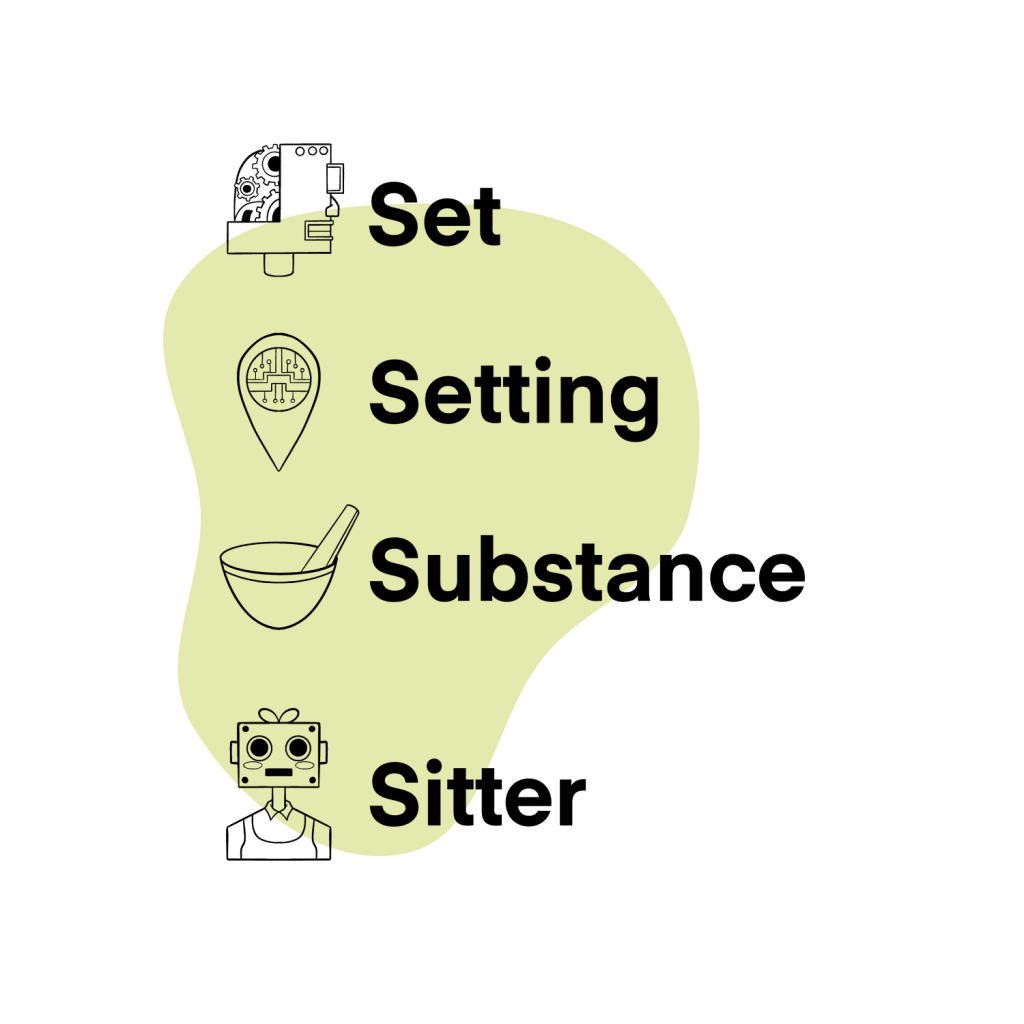
3. Create & Maintain a Safe Space
One of the core roles of the trip sitter is to maintain a safe space for the participants.
This goes along with the other pillar, “setting.” The environment where the journey takes place should be safe and not be a source of stress to the participants. Choosing the right setting requires the effort of the entire group, but maintaining it once the journey begins falls upon the trip sitter.
This involves maintaining a calm, reassuring presence for the group, mitigating potential risks, and keeping participants within the space.
Music is an important part of the space during a psychedelic experience. It can be powerful enough to push people into a “bad trip” or pull them out of one. Always respect the participants’ wishes and take their requests rather than play what you want to listen to. If someone starts to experience a bad trip, it can help to adjust the music to something with a more positive or mellow vibe or something the participants are familiar with and enjoy.
You should ensure everybody has access to everything they need, including blankets, space to be alone, access to the bathroom, and a comfortable place to hang out and lie down.

The trip sitter should also act as the interface with the outside world when necessary. If there’s a knock on the door, a phone call, or someone needs to drive or order food — this is the responsibility of the trip sitter.
Part of maintaining a safe space involves confidentiality and non-judgment too. The participants should always feel comfortable and safe throughout the experience.
4. Remain Active & Attentive To Your Participants
You should remain attentive and focused on the group. Smile, make eye contact, be willing to listen, and assist wherever you’re needed.
The trip sitter can suggest activities for the group but should never try to push anything. If your participants don’t want to do something, leave it alone. It’s common for a trip sitter to want their participants to try something they’ve had a positive experience doing in the past while using psychedelics. This is not your trip, so don’t force anything. Make a suggestion, and forget about it if there’s no interest.
Sometimes the participants will be very attached to you — sometimes, they want to be alone. Always respect their wishes and don’t take anything personally. If they don’t want you to be nearby or they want to sit alone in another room, respect their request.

Attention is important. While you can have fun on the journey, too, you should always remain active and alert.
Be aware of where your members are at all times — people on psychedelics have a tendency to “get lost,” — especially if you’re at a music festival or other busy public event. When at a busy venue, it’s a good idea for each participant to carry a piece of paper with their name, the trip sitter’s name and phone number, and details about the drugs they consumed in case they get lost and something happens.
It can also help to turn on “find my friends” or equivalent on the participant’s phones in case they get lost.
5. Know How To Talk Through A “Bad Trip”
The word “bad trip” isn’t always accurate — difficult is not the same as bad.
Psychedelics don’t always give you the trip you want — they give you the trip you need.
Nevertheless, the experience can be challenging and uncomfortable. It’s not the responsibility of the trip sitter to shield their participants from challenging experiences or ensure the trip is exclusively “enjoyable.” Challenging experiences often end up being the most valuable for growth and self-development.
If someone is experiencing a difficult time, your role as the sitter is to talk them through it. You should aim to help them work through it themselves rather than attempting to “pull” them out of it.
Talking through it involves a lot of active listening and asking questions. Don’t tell them how to feel or what to do. Just listen, and ask probing questions like “where are you now?” or “what does that feel like?”
You can encourage them to give in to the experience and not resist it.
Most importantly, stand by as a source of support. If appropriate, you can gently massage them or hold their hand.
In many cases, simply being a source of calm, trusted, and sober energy is enough to help ease anxiety during the trip and mitigate challenging experiences.
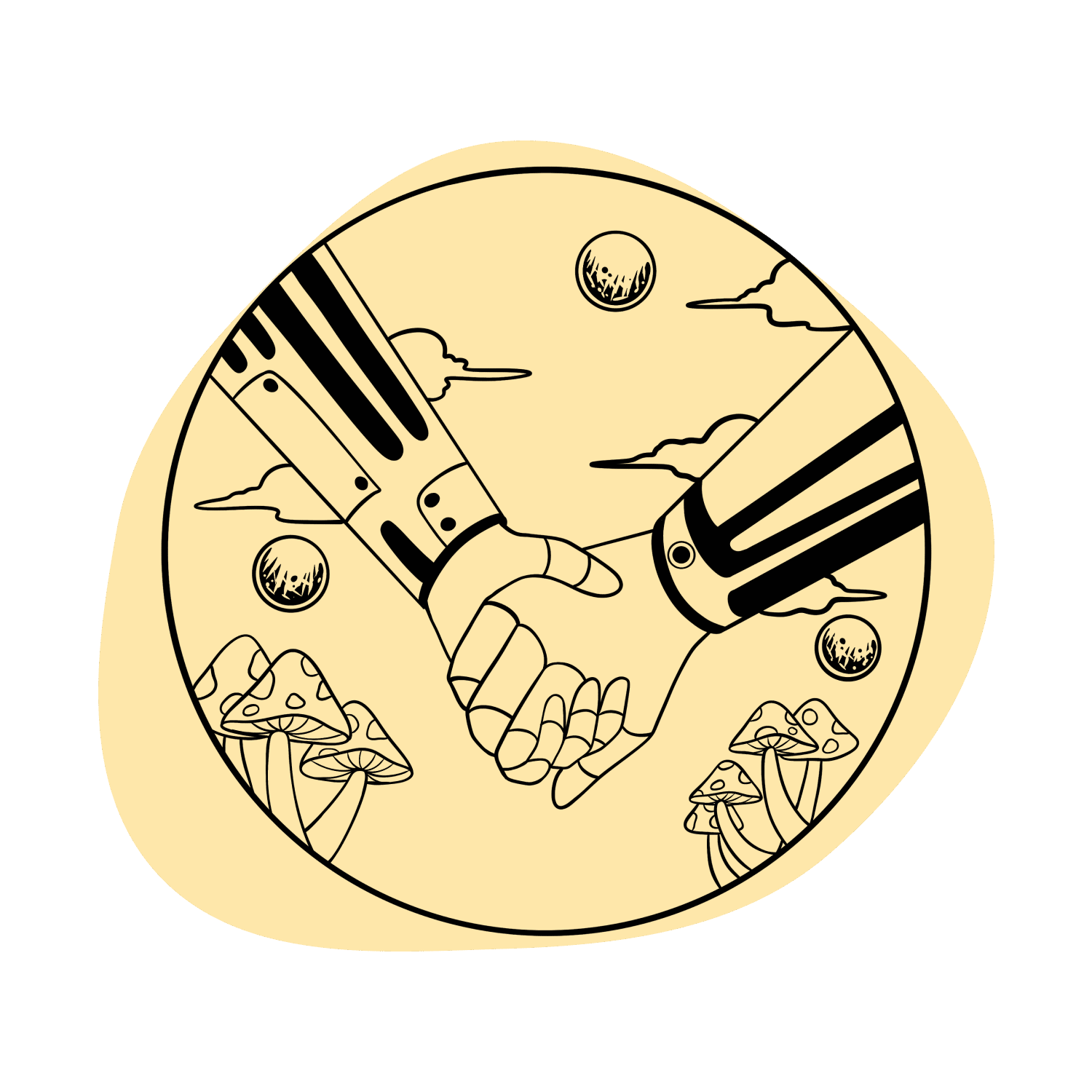
Tips for helping someone through a bad trip:
- Maintain a calm, attentive demeanor
- Hold their hand or comfort them (if appropriate)
- Ask probing questions (not guiding questions) and listen attentively
- Consider changing the music or suggesting a change of scenery
- Reassure them if they’re worried about their health status (while being aware of the signs of danger)
What to Do in a Psychedelic Crisis
There’s a difference between a challenging experience on psychedelics and a psychedelic crisis. If your participants are screaming for help, experiencing extreme panic or fear, or becoming agitated, you may need to step in to control the situation and settle them down.
One of the most common causes of a psychedelic crisis involves the experience of ego death — which literally makes you feel like you’re dying.
As the trip sitter, it’s your responsibility to assess their physical health. Check their vital signs and know how to recognize an emergency.
Most of the time, there is no emergency — the participant is merely experiencing anxiety from the effects of the substance or undergoing ego death. Both are only temporary.
Check their heart rate, and look for signs of dehydration or other danger indicators. If everything looks okay, you can reassure them that everything is okay.
Remain calm at all times. Showing signs of anxiety or stress can reinforce the fears experienced by the participant and make things worse. In most cases, just knowing that you’re sober and are not worried is enough to reassure them that everything is okay.
If someone in your group starts experiencing a crisis, it can help to have them lie down, dim the lights, close the blinds, or give them an eye mask. Remain nearby if they need it, gently massage them, hold their hand, and be receptive to their needs.
Sometimes there’s simply nothing you can do to help someone through a bad trip. Just sit with them, keep an eye on their vitals, and wait it out with them — it will soon pass.
If the crisis worsens, you may need to call another friend to come and help.
If you can’t get control of the situation and things start to become violent or dangerous to you or any of the participants, call the police.
How to Check Vital Signs
You don’t need to be a paramedic to be an effective trip sitter — but you should know how to spot a medical emergency and what to do if something happens.
Here are the main areas to look at when assessing the health of your participants.
1. Heart Rate
Most psychoactive substances will increase heart rate — so having a rapid heart rate isn’t necessarily a sign of danger.
A normal heart rate is somewhere between 50 and 80 beats per minute. This can increase by 20 – 40 when taking psychedelics and still remain within a healthy range.
Some drugs, such as opiates, can have the opposite effect and cause the heart rate to drop. If the heart rate is below 50, look for other signs of danger — such as loss of consciousness or blueness in the lips and fingernails.
Signs of danger occur at a sustained heart rate above 160 or if the participant complains of chest pain or heart palpitations (feeling like the heart is skipping a beat).
You can check the heart rate using sensors on an Apple Watch, Fitbit, or another wearable health tech — or by manually holding your finger on the wrist directly under the thumb. Set a stopwatch on your phone and count the number of beats.
Heartbeats should be measured in beats per minute.
There are three ways to do this:
- Count the number of beats in 15 seconds and multiply that by four
- Count the number of beats in 30 seconds and multiply that by two
- Count the number of beats in 60 seconds
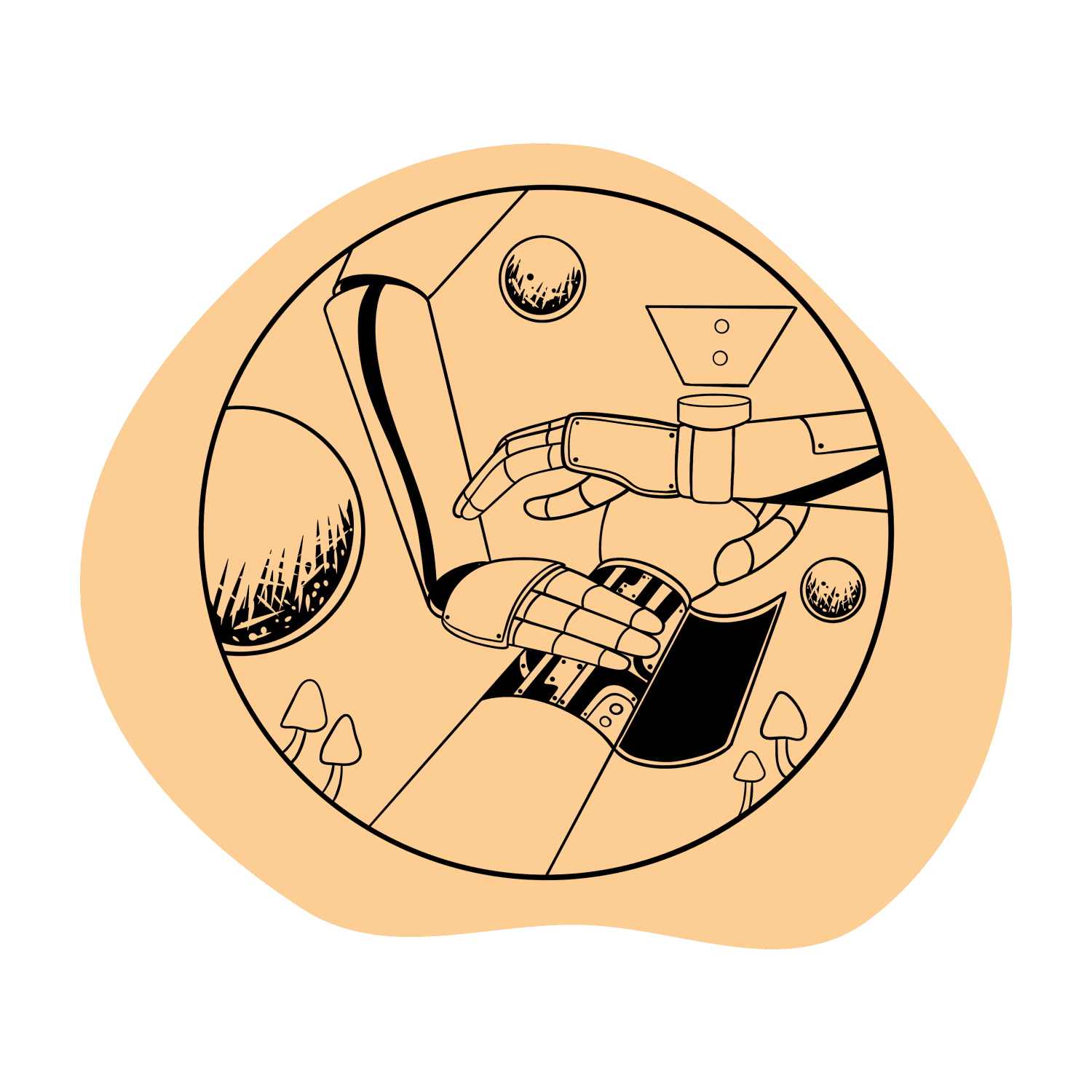
If the heart rate is too fast, you can try and find ways to calm them down. Change the music to something more calming, give them a glass of water to drink, dim the lights, or walk them through some simple breathing exercises.
If the heart rate remains above 160 for more than an hour or over 180 for 30 minutes, you should seek medical attention.
2. Blood Oxygen
Blood oxygen is difficult to measure without specialty devices. Some wearable health tech (such as the Apple watch series 5) have this built-in. Most people won’t have access to something that can check this metric — but it’s not necessary to spot signs of danger.
The most important sign of blood oxygen problems is the appearance of a blue tinge around the mouth, fingernail beds, or eye conjunctiva.
This is referred to as cyanosis — a lack of oxygenation. This is a medical emergency and should always result in immediate medical attention.
3. Body Temperature
Some drugs can increase body temperature and lead to hyperthermia. It’s helpful to assess body temperature when checking the vital signs of your participants.
The normal body temperature is 98.6ºF (37ºC). Fluctuations by up to 1 degree in either direction are okay, but anything more could indicate a problem.
If the temperature is too high, look for ways to cool them down. Open a window, turn on the AC, give them a cold drink, ask them to remove some layers of clothing, and consider having them take a shower to cool off (if appropriate).
Anything over 103ºF or 39.5 ºC is considered hyperthermia and requires emergency medical care.
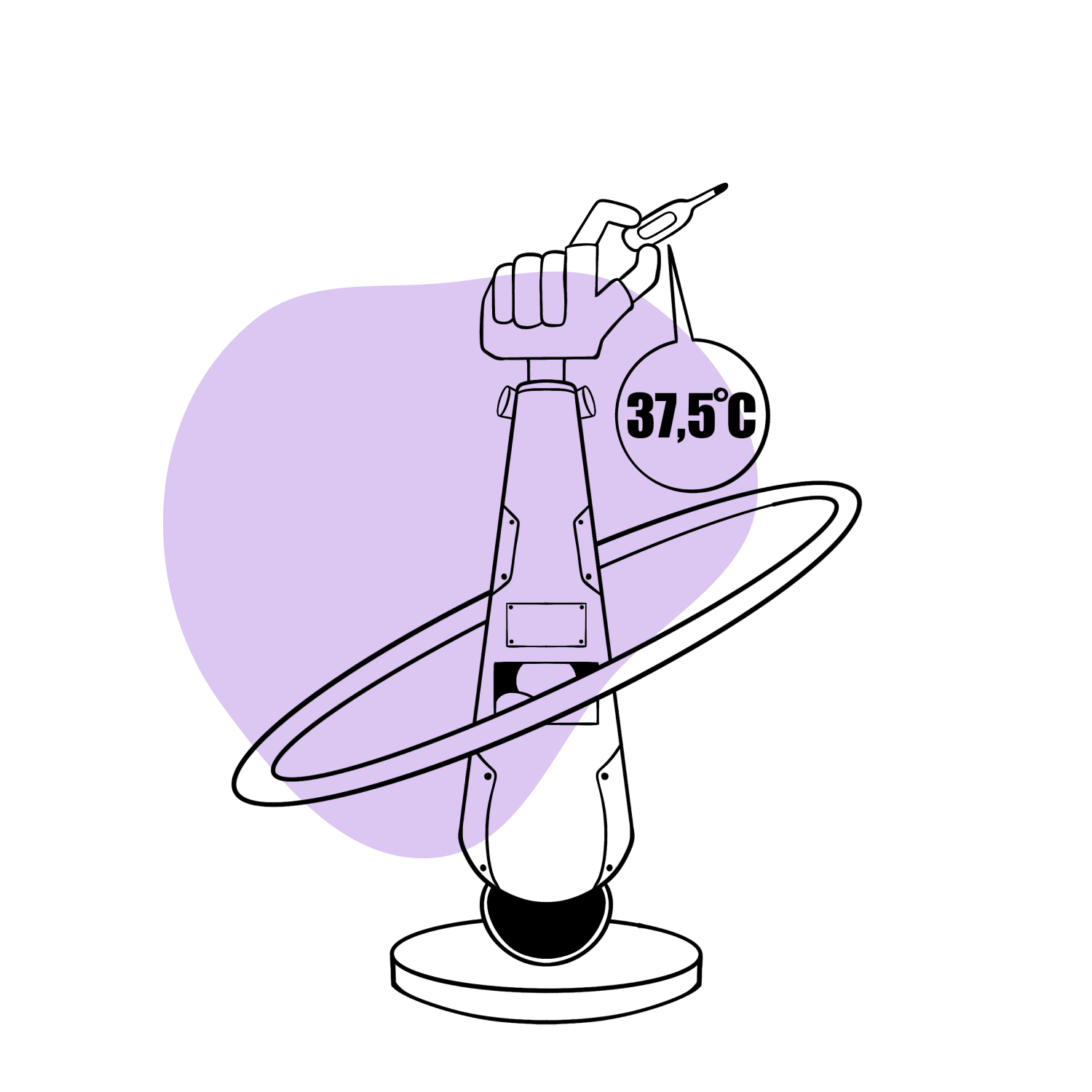
Hyperthermia is most common on stimulant drugs such as NBOMes, 2C-B, cathinones, or MDMA. It’s also one of the major concerns of some of the more dangerous psychedelics, such as datura, Brugmansia, or amanita mushrooms.
High body temperature could also be a sign of dehydration or sunstroke. Treatment requires aggressive cooling — cold towels, lots of water, and protection from further exposure to the sun.
4. Skin Turgor (For Dehydration)
Skin turgor refers to the ability of the skin to maintain its shape. Low skin turgor is a sign of dehydration.
To check skin turgor, pull back the skin on the hand, lower abdomen, or chest and release. It should return to normal within a second or two. If the skin remains bunched for a few seconds after you release, the person is likely experiencing dehydration and should drink some water immediately
Other signs of dehydration:
- Confusion or disorientation
- Dark-colored urine
- Dry mouth
- Fainting
- Heart palpitations
- Inability to sweat
- Swollen tongue
- Weakness & dizziness
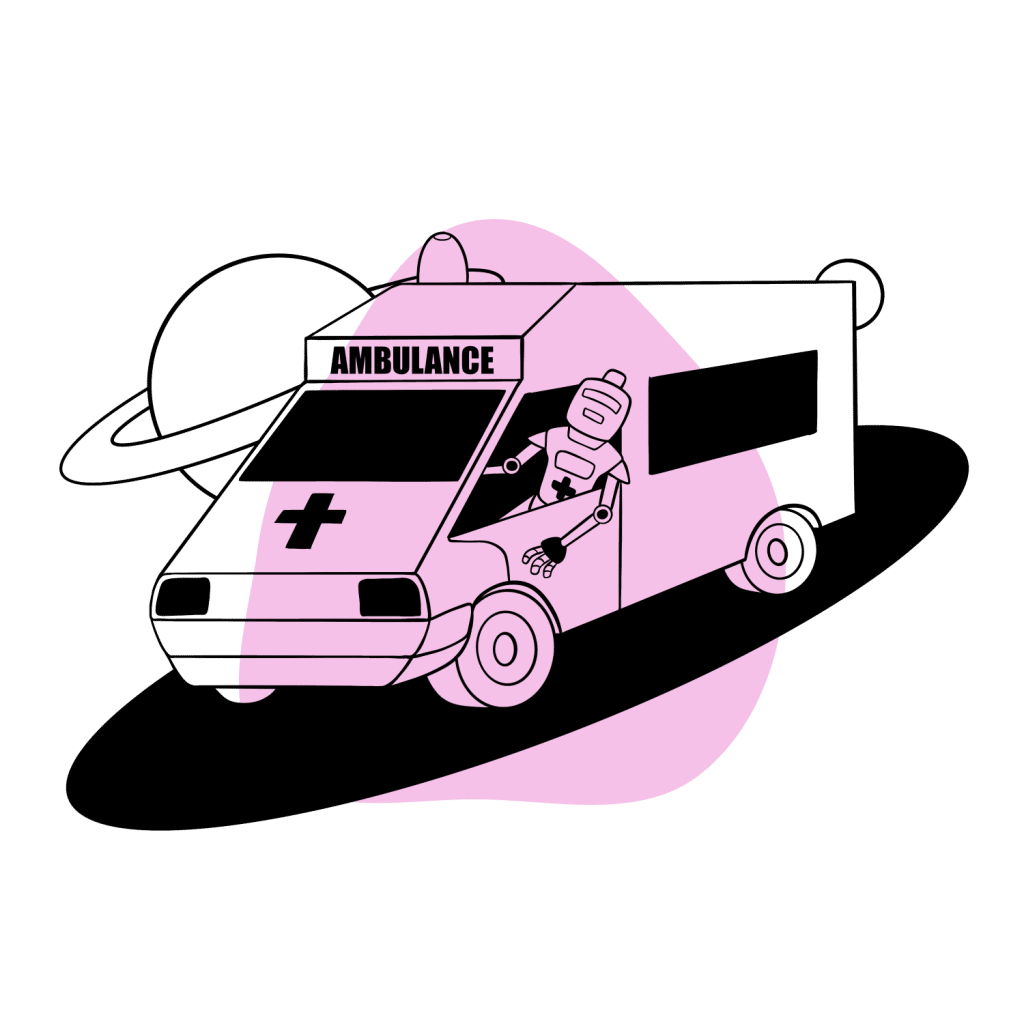
When To Call An Ambulance
While rare, it’s important to know when to seek medical attention.
- Chest pain
- Difficulty breathing
- Fainting
- Fever higher than 103ºF (39.5ºC)
- Heart rate over 160 for more than an hour
- Lack of urination for more than 12 hours
- Seizures
- Severe lethargy or sluggishness
How to Protect Your Energy as a Tripsitter
Psychedelics have a tendency to surface some really deep psychological traumas in participants.
While a trip sitter’s role is not to heal or treat anybody, it is their responsibility to listen and comfort the participant as they work through it independently.
Sometimes, the negative experiences and emotions that surface are transferred to the trip sitter as they listen. It’s important to listen attentively and act as a mirror to the participant so they can work through it on their own — but in a way that protects the sitter from taking on those feelings themselves.

There are many ways to do this, and everybody is different. Still, a common technique is to imagine an invisible shield around you as you talk through the experience with the participant. Listen attentively, but allow the emotions to bounce off your shield.
Suppose you’re a particularly empathetic person and find it difficult not to absorb people’s emotions and feelings yourself. In that case, you may want to reconsider taking on the role of the trip sitter.
How to Trip Sit LSD & Magic Mushrooms
The psychedelic experience with magic mushrooms and LSD are very similar — so we’ll group them together for this example.
Magic mushrooms and LSD are very safe — from a physiological perspective. Neither substance is likely to lead to any physical problems, and even very large doses don’t lead to overdose.
The most common challenge you will face as a trip sitter on these substances is keeping your patrons from wandering off on their own.
Both LSD and shrooms are fairly introverted psychedelics — which means your participants will likely feel the urge to be alone — at least for a short period during the trip. It’s important to allow them to find this space while keeping tabs on where they are so they don’t get lost. This is why it helps to keep group sizes small.
It’s also common for people taking LSD or shrooms to hit bumps in the journey. Feelings of anxiety, paranoia, and deep introspection can bubble up periodically in waves throughout the trip. Allow this to happen, and encourage your participants to let go when this happens — it will soon pass.
There’s an added component for mushrooms where participants simply don’t know what to do with themselves. Mushrooms can make it challenging to make a decision. It’s best to allow the group to decide what they want to do independently and then make it happen for them as the trip sitter. Don’t impart your own ideas on what to do — but once the group decides, get it set up for them, or it simply won’t happen.
There’s an added risk with LSD users because it’s possible that it contains a substance called NBOMe — which can be toxic.
This is why it’s extremely important to test LSD before the trip.
Signs of NBOMe toxicity:
- High blood pressure
- Inability to speak or communicate
- Loss of consciousness
- Psychotic episodes & attempts at suicide
- Rapid heart rate
- Seizures
- Severe agitation
- Vomiting

How to Tripsit DMT
Trip sitting for DMT(N,N-dimethyltryptamine) is a completely different experience. This substance is very short-lived — lasting a maximum of about 30 or 40 minutes.
If you’re in a group, only one person should take the DMT at a time. This is not a drug a group should all take simultaneously. This compound can lead to pure chaos if too many people take it at once.
If smoking or vaping DMT, the sitter should hold the pipe or vape pen. Once the psychedelic explorer starts feeling the effects, they’re likely to drop or break the pipe.
DMT often brings people into another dimension. They may lose control of their body, start speaking gibberish or try to wander off. Don’t interfere with this unless completely necessary. Gently guide the participant to a comfortable spot where they can sit or lie down. Don’t be aggressive or forceful.
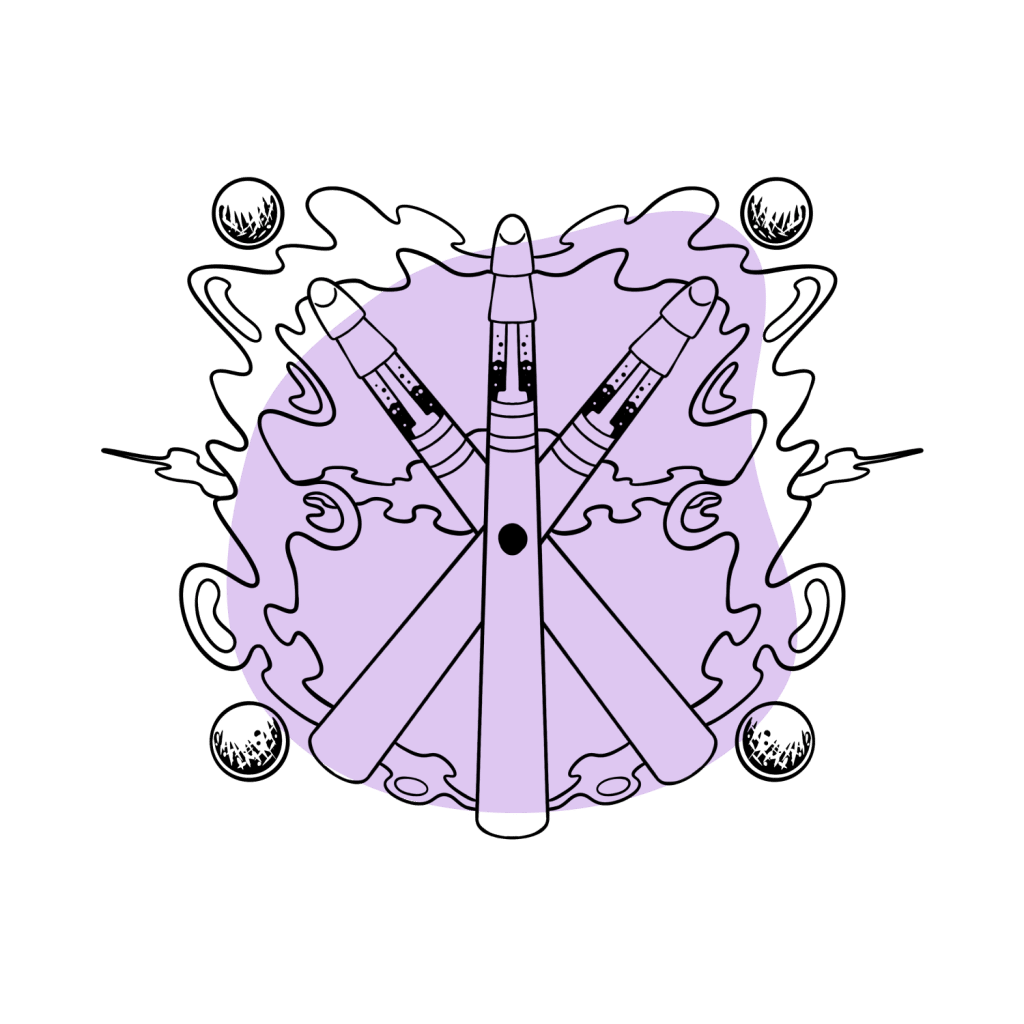
Never attempt to control anybody while on their trip. Just remain nearby and make sure they don’t harm themselves or others.
It’s common for people using DMT to lose consciousness for a few minutes. Check their vital signs if you think there’s any cause for concern. At no point should they stop breathing, experience seizures, or lose their pulse.
How to Tripsit Salvia
Salvia demands a trip sitter — never attempt to use salvia without a trusted, responsible sitter nearby.
Salvia itself is not dangerous, but it completely separates the mind from reality. This can make people lose control of their bodies and engage in high-risk behavior — such as climbing a building, walking out into the road, falling down the stairs, or wandering off alone.
Like any psychedelic substance, never try to control someone’s trip. Monitor them, and allow them to do whatever they feel like doing (unless it becomes a danger to themselves or others).
If they want to wander off and the area is safe, simply follow them where they want to go.

If someone has a bad trip on salvia, there is nothing you can do to stop it. Simply be nearby and wait it out with them. Reassure them that everything is okay, and encourage them to stop resisting the experience.
Fortunately, the effects of salvia are very short-lived. They should return to normal within about 20 minutes of taking the substance.
Also see: 32 Psychedelic-Inspired Movies & Documentaries To Expand Your Mind.
Final Thoughts: How To Be A Good Trip Sitter
A trip sitter is one of the four pillars of responsible psychedelic use. Their role is to watch over the psychedelic explorer, or group of explorers, throughout the experience — keeping them safe, talking them through difficult experiences, and acting as an interface with reality.
A good trip sitter remains sober and vigilant throughout the, has knowledge about the substance being used, and is familiar with basic first aid.
To be effective as a trip sitter, you should maintain a calm and positive attitude throughout the trip and avoid influencing or “guiding” the participant’s experience. You should allow the psychedelics to guide the trip organically.
While the sitter can also have fun on the journey, their first responsibility is to the group’s safety.

